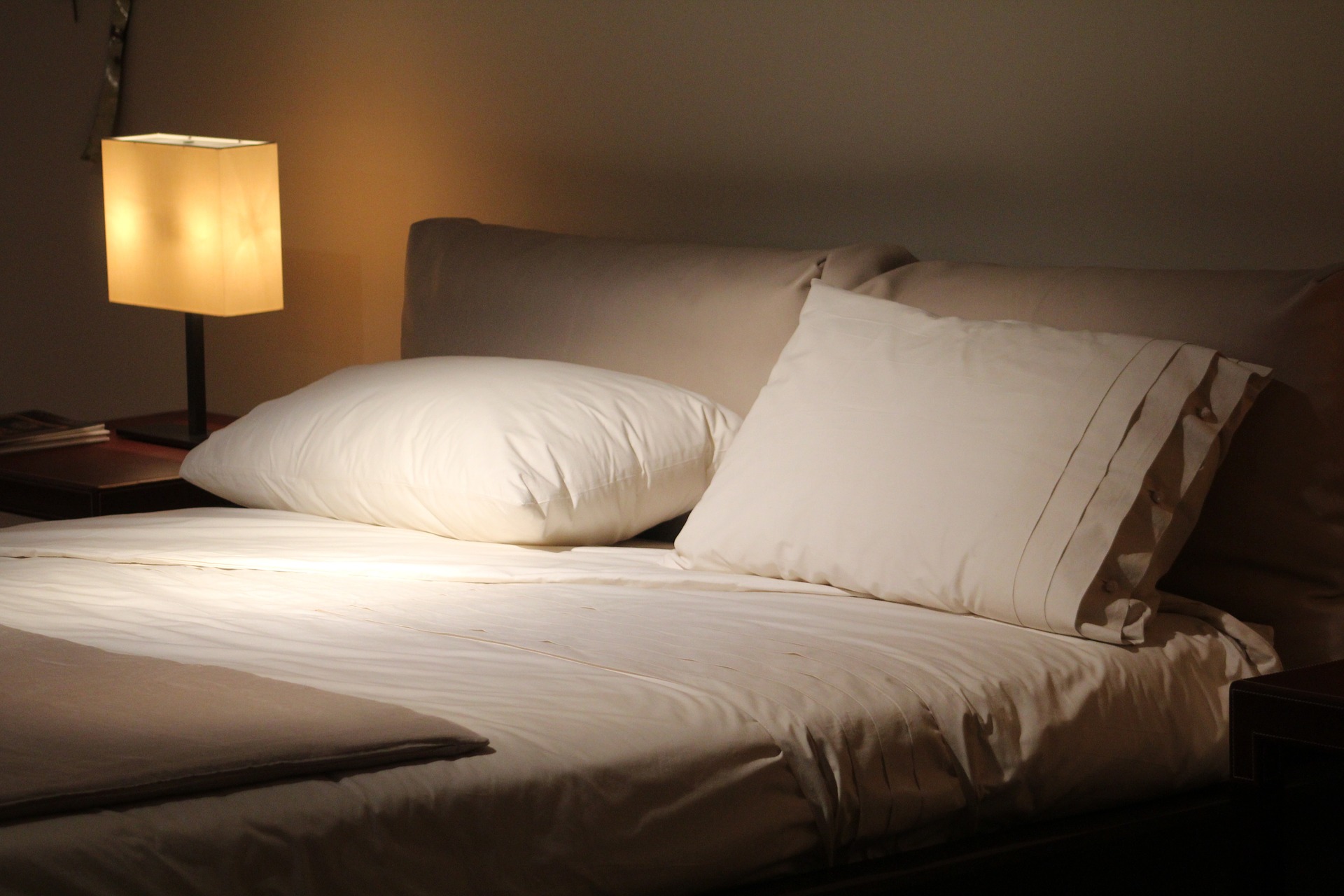Share the post "Choosing The Right Pillow For Good Sleep"
The average person will spend around 25 years of their life asleep! The right pillow can have a huge impact on the quality of your rest. A bad pillow can cause neck ache, back pain and even allergy symptoms. Here are some simple tips to help you ensure that the pillow on your is the best type of pillow for you.
What is your sleep position?
Front-sleeper- If you usually sleep on your front you are best using a very soft pillow: one which is almost flat. Many front-sleepers prefer not to use pillows at all! Some find it feels more comfortable to tuck a soft pillow under the stomach.
Back-sleeper – If you sleep on your back then you might find that you are more comfortable with a pillow of medium-thickness. It needs to be sufficiently firm to hold your head and chin forward (to help avoid snoring), but not so thick that it throws your head too far forward.
Side-sleeper – If you sleep on your side you are most likely to be comfortable with a firmer pillow. You might also find that you feel comfortable with a second pillow tucked between your knees.
Types of pillow fill: natural versus synthetic
Most fills are made of synthetic fibers or foam, natural down or feathers. If you like the idea of synthetic pillow- fill, foam and fiber-filled pillows are usually the softest, then memory foam is firmer and latex is the firmest. Memory foam and latex can be expensive, but can give support to persons with neck or back problems. However, some people find that foam and memory-foam can leave the sleeper a little too hot in the night.
Most connoisseurs agree that natural fillings give the best sleep. As well as providing comfort, down, feather or silk pillow-fill are likely to retain their shape best and to keep the sleeper cool and comfortable. Allergy sufferers may prefer to stay away from down or feather -filled pillows, although at the more expensive end of the market, pillows are likely to have been treated so that the feathers are safe for most allergy sufferers. Of the natural fillings, goose down is generally considered the best quality. Down is lighter than feathers. If you want quality on a budget, the best bet might be to choose a mix of feathers and down and to try out duck rather than goose fills.

Is more expensive necessarily better?
Sadly, yes. Like most things we buy, when paying for your pillow, you usually get what you pay for! The cheapest pillows may feel OK in the shop, but are much more likely to lose their shape and bounce within a short time.
How often should I change my pillow?
As much as half of the weight on an old pillow might be made up of dust mites, their excrement, dead skin cells and fungus!
Experts recommend changing your pillow every 12-24 months. If you bought a high quality pillow and air it regularly (or pop it in the tumble-dryer for 10 minutes every few days) it might last up to 4 years.
To test whether your pillow needs replacing, fold it in half. If it doesn’t spring back, then it needs replacing.
Share the post "Choosing The Right Pillow For Good Sleep"








 EN
EN  RU
RU